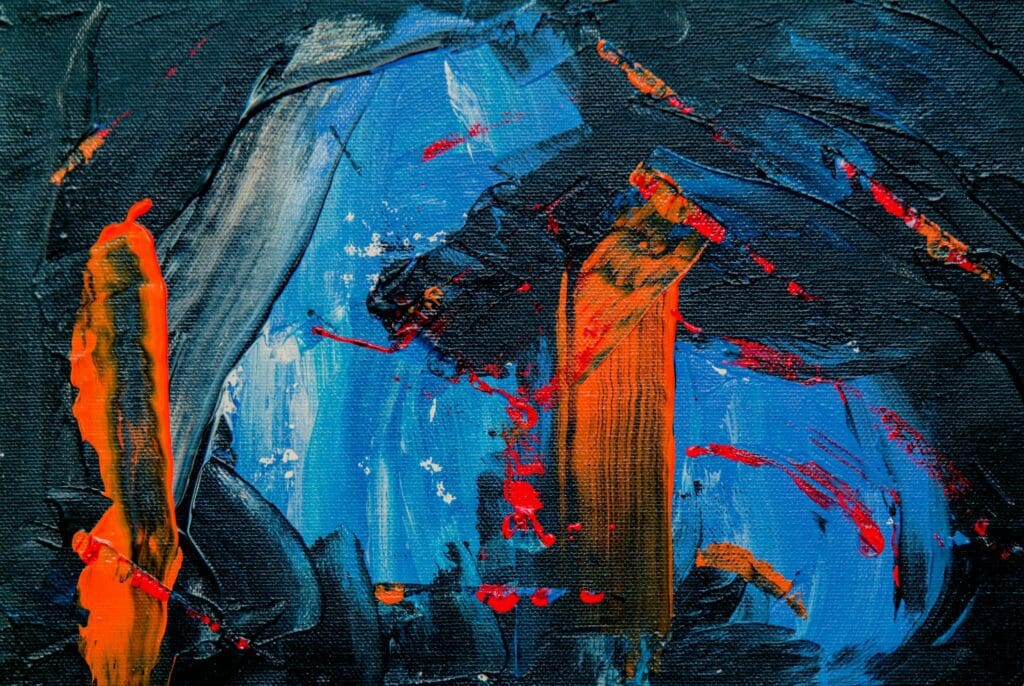Have you decided it’s time to spruce up your art collection? Well, that’s exciting! But, you want to make sure you’re knowledgeable before you dive in. When purchasing fine art, there are a few things you should take into consideration. Here’s the most important things to consider:
The Piece Itself.
Is it something you enjoy looking at? Does it fit in with your existing décor? Is the piece well put together? Do the colors work well together? Is the subject matter something that interests you?
Another thing to consider is the technique used. Was the artist able to execute their vision successfully? Did they use interesting techniques that add to the overall effect of the piece? Finally, ask yourself why you’re drawn to (or repelled by) the piece.
Sometimes we can’t quite put our finger on what it is about a work of art that we like or don’t like, but if we take some time to really think about it, we can usually come up with an answer.By considering all of these factors, you’ll be able to better decide whether or not you like a particular piece of artwork.
The Artist.
When you are looking to purchase the work of an artist, there are a few things that you should keep in mind. First, you should make sure that you really like the artist’s work. This may seem obvious, but it is important to remember that you will be living with the piece that you purchase. You want to be sure that you will enjoy looking at it every day. Second, you should consider the artist’s reputation. Do some research on the artist and see what others have said about their work. Look for reviews from other buyers or critics in order to get a sense of whether or not the artist is someone whose work you can trust. Third, pay attention to the quality of the artwork itself. Make sure that it is well-crafted and made with high-quality materials. This will ensure that your purchase will last for many years to come. Fourth, think about how much you are willing to spend on the piece. It is important to find an artwork that fits within your budget so that you do not end up regretting your purchase later on down the road. Finally, take some time to talk to the artist him or herself before making a final decision. Ask them questions about their process and their inspirations behind their work. This can help give you a better understanding of what goes into each piece and whether or not it is something that truly speaks to you on a personal level.
The price.
When considering if a piece of art is priced correctly, there are several things you should take into account. The first is the artist’s reputation and past sales. If the artist is well-known and has sold similar pieces for a high price in the past, then the current asking price is likely justified. You should also look at the quality of the piece itself – is it a one-of-a-kind original or a mass-produced print? Obviously, originals will be more expensive than prints, but even among originals there can be a wide range of prices depending on factors like size, medium, and subject matter. If you’re still not sure if a particular piece is priced fairly, you can always ask an expert opinion from a gallery owner or art dealer. They will have experience evaluating artwork and can give you their professional opinion on whether or not the asking price seems reasonable. Finally, remember that ultimately what something is “worth” is whatever someone else is willing to pay for it – so if you really love a piece and are willing to pay the asking price, then it was probably priced correctly!
By taking all of these factors into consideration, you can be confident that you’re choosing a fine art piece that you love and that fits both your style and your budget.

